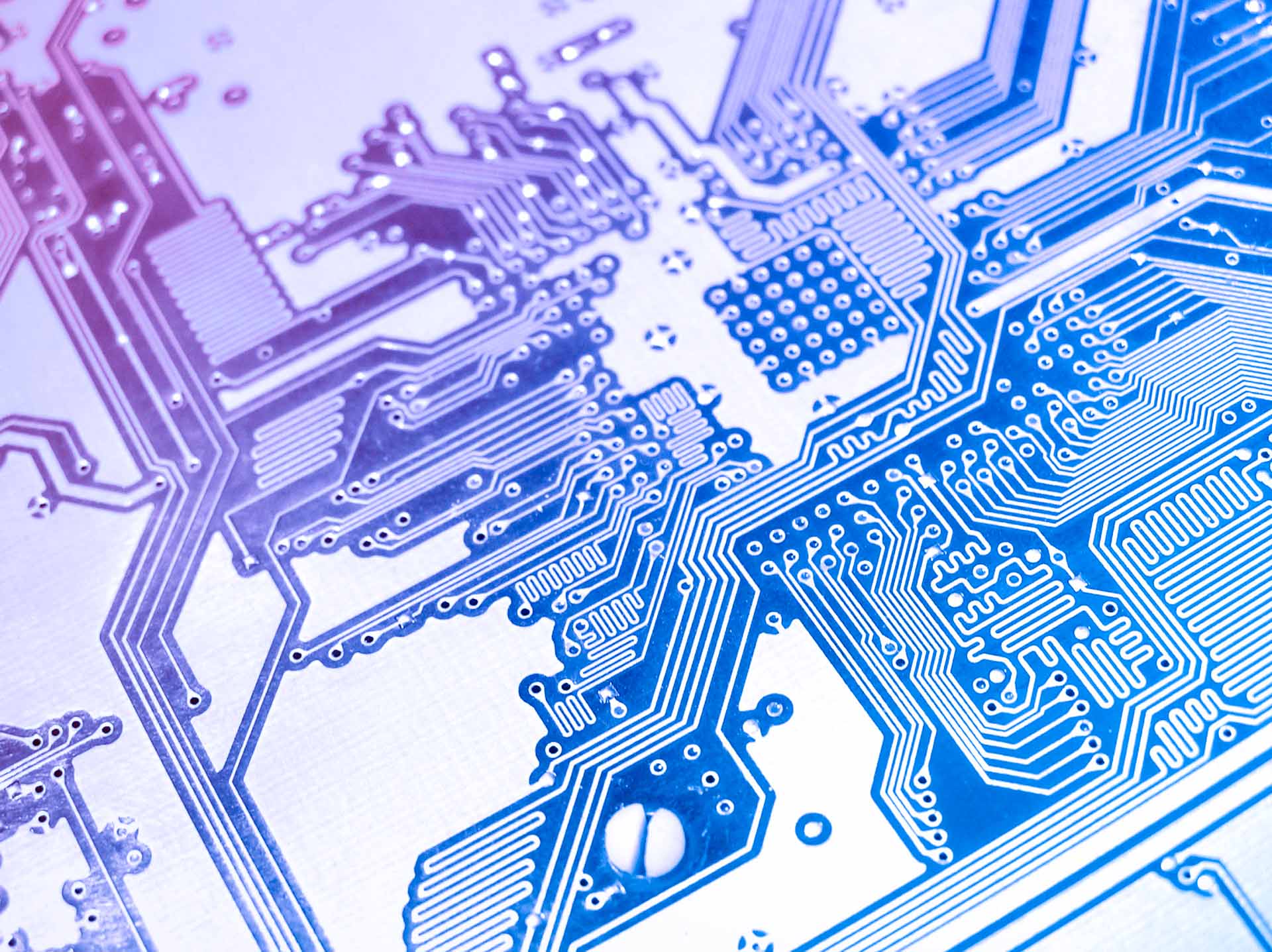An MCU chip, or a microcontroller unit chip, is a small computer on a single integrated circuit (IC) that contains a processor, memory, and input/output peripherals. MCU chips are widely used in embedded systems, such as appliances, robots, sensors, and controllers, to perform specific tasks and interact with the physical world.

The history of MCU chips
The first MCU chip was developed by Intel in 1971, called the Intel 4004. It was a 4-bit processor that could execute 60,000 instructions per second and had 640 bytes of program memory. It was designed for a Japanese calculator company called Busicom. Since then, MCU chips have evolved rapidly in terms of performance, memory, architecture, and features. Some of the popular MCU chip manufacturers include Microchip, Atmel, Motorola, and Infineon.
The architecture of MCU chips
Most MCU chips are based on the Harvard architecture, which means they have separate buses for program memory and data memory. This allows for faster access to both types of memory and enables parallel processing. Some MCU chips use the von Neumann architecture, which has a single bus for both program and data memory. This reduces the cost and complexity of the chip but also limits the speed and performance.
Another aspect of MCU chip architecture is the instruction set. Most MCU chips use the RISC (Reduced Instruction Set Computer) instruction set, which has simpler and fewer instructions that can be executed faster. Some MCU chips use the CISC (Complex Instruction Set Computer) instruction set, which has more complex and varied instructions that can perform more functions in a single instruction.

The features of MCU chips
MCU chips have various features that make them suitable for different applications and environments. Some of the common features are:
- Memory: MCU chips have different types of memory, such as flash, ROM, RAM, EEPROM, and FRAM. Flash memory is non-volatile and can be erased and rewritten. ROM memory is also non-volatile but can only be read. RAM memory is volatile and can be read and written but loses data when power is off. EEPROM memory is non-volatile and can be erased and rewritten electrically. FRAM memory is non-volatile and can be read and written at high speed.
- Communication: MCU chips have different types of communication interfaces, such as UART, SPI, I2C, CAN, USB, Ethernet, Bluetooth, and Wi-Fi. These interfaces allow the MCU chip to communicate with other devices or networks using different protocols and standards.
- Peripherals: MCU chips have different types of peripherals, such as timers, counters, ADCs, DACs, PWMs, LCDs, LEDs, buttons, switches, sensors, and actuators. These peripherals allow the MCU chip to measure time, count events, convert analog signals to digital signals or vice versa, generate pulses or waveforms, display information or status indicators,
control inputs or outputs or physical devices.
The importance of MCU chips
MCU chips are important because they enable the development of smart devices that can perform complex functions with minimal power consumption and cost. They are also important because they enable the internet of things (IoT), which is the network of connected devices that can collect data and exchange information over the internet. IoT devices can improve efficiency, productivity, safety, security, convenience, and quality of life in various domains such as industry, agriculture, healthcare, transportation, education, entertainment, and home.
Share to your social below!
